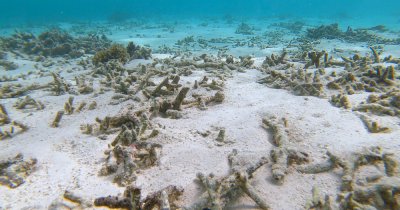According to CNBC, the share of protected land and ocean surface represents an important increase from the previous 17% protection for land areas and 10% for oceans.
Additionally, to help with protecting these environments, countries around the world have until 2030 to raise 200 billion dollars-worth of funding.
Since the effort of poorer nations matters when it comes to taking action, these countries will be receiving at least 20 billion USD per year by 2025 and 30 billion annually by 2030.
Country representatives agreed on the fact that protecting the biodiversity should be a priority these days, but there are still discussions on how this will be done and how much money will be required.
Canada’s Minister of Environment and Climate Change Steven Guilbeault said that "many of us wanted more things in the text and more ambition but we got an ambitious package."
"We have 30 by 30. Six months ago, who would have thought we could [reach] 30 by 30 in Montreal? We have an agreement to halt and reverse biodiversity loss, to work on restoration, to reduce the use of pesticides", he added.
Some representatives believe that, while the increase in habitat protection area is a good thing, it is not enough to prevent biodiversity crisis in the future.
"Governments will need to treat the Kunming-Montreal Global Biodiversity Framework as a floor, not a ceiling, for global action to halt the ongoing crisis of biodiversity", Alfred DeGemmis, associate director of international policy for the Wildlife Conservation Society said.
Another thing is that, the target of many "30 by 30" policies is the year 2050, not 2030, which might not be soon enough, according to some.
 Mihai - Cristian Ioniță
Mihai - Cristian Ioniță












Any thoughts?